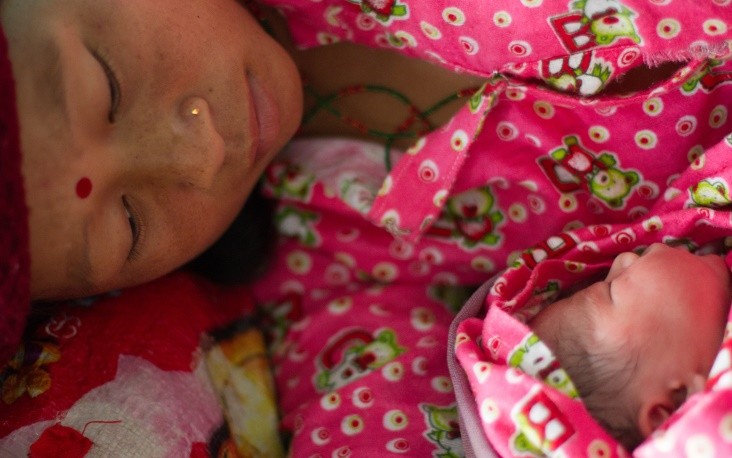Speeches Shim

Nepal has made remarkable strides in improving the health of its people. Investments in essential health services have helped double life expectancy since 1960, control malaria, and expand a network of improved facilities and community health workers to better serve Nepalis in all corners of the country.
USAID’s support in the health sector reflects one of the longest standing and most successful development assistance programs in Nepal. Despite a 10-year civil insurgency, Nepal has experienced more than two decades of steady improvement in health and has emerged as one of the few countries to meet the Millennium Development Goals (MDGs) related to reducing maternal and child mortality. Nepal is also making progress towards the eradication of extreme poverty and hunger, and combating HIV/AIDS, malaria, and other diseases. However, challenges remain, including significant disparities between urban and rural populations’ access to health care. For example, far fewer pregnant women undergo routine antenatal checkups or deliver at health facilities, resulting in higher infant mortality compared to urban areas.
As one of the largest health sector donors, USAID has a strong and collaborative partnership with the Government of Nepal to improve the survival and quality of life of all Nepalis through equitable and well-governed health systems. USAID health programs employ an integrated approach in improving maternal, newborn, and child health, as well as nutrition, family planning, and HIV to maximize the impact of U.S. assistance in the health sector. Aligned with the Government of Nepal’s health strategy, USAID builds on existing efforts to address the needs of women, girls, and other vulnerable groups, promoting research for policymaking and engaging other donors and civil society in health.
Learn more about USAID health programs focused on:



Comment
Make a general inquiry or suggest an improvement.